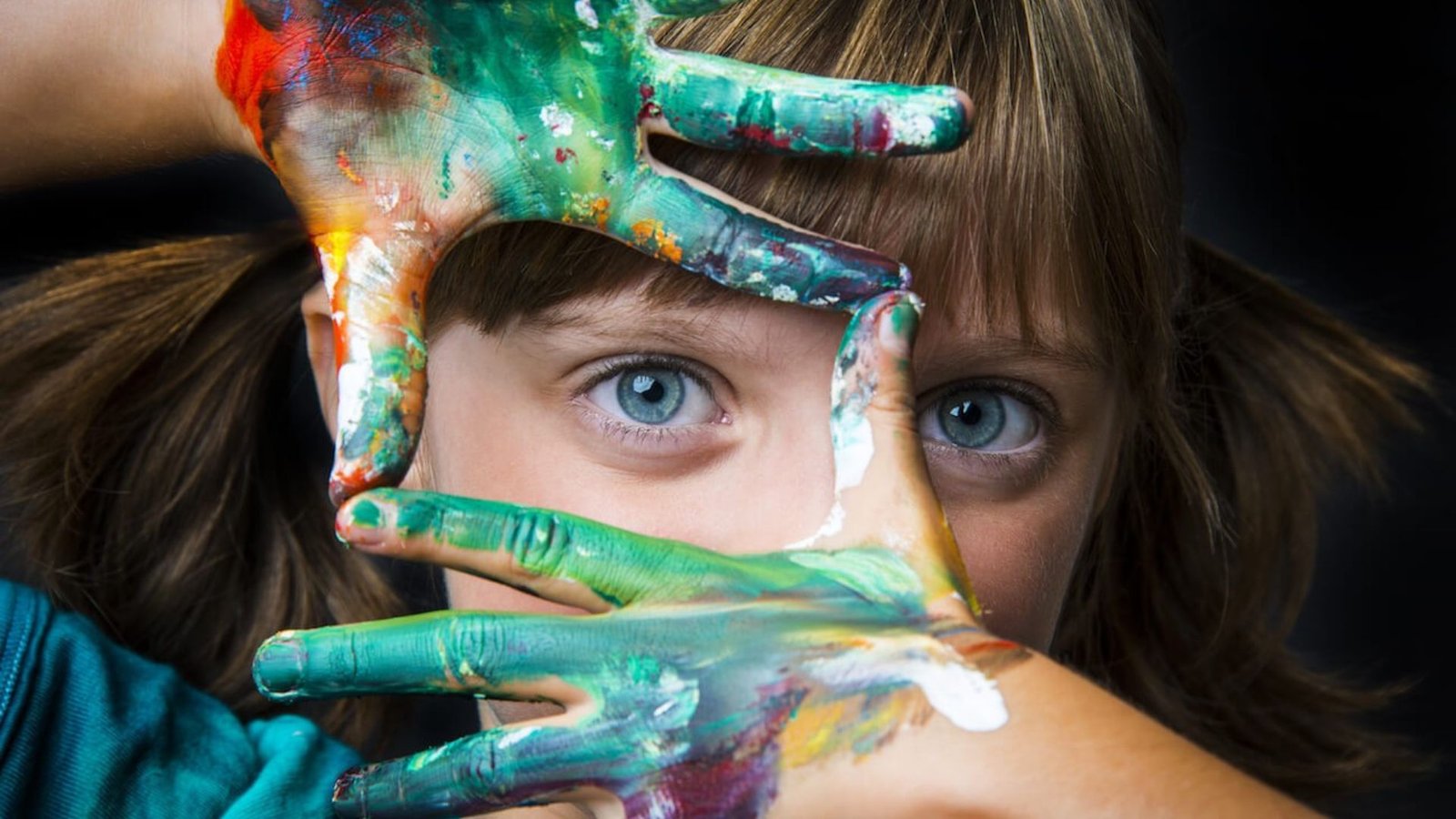Fostering creativity in the classroom is essential for developing students’ problem-solving skills, critical thinking, and ability to innovate. Creativity not only enhances academic learning but also prepares students for the complexities of the modern world. Here’s a guide on how to cultivate a creative environment and encourage imaginative thinking in your classroom.

Create a Supportive Environment
Encourage Risk-Taking and Experimentation
Promote a classroom culture where students feel safe to take risks and experiment with new ideas. Emphasize that mistakes are a natural part of the learning process and valuable for growth. Celebrate creative efforts and encourage students to view challenges as opportunities for exploration.
Provide Flexible Spaces
Design your classroom layout to accommodate various creative activities. Flexible spaces, such as areas for group work, quiet reading nooks, or stations for hands-on projects, allow students to engage in different types of creative tasks. Use movable furniture and interactive displays to adapt the space as needed.
Incorporate Diverse Resources
Stock your classroom with a variety of materials and resources that stimulate creativity. This can include art supplies, building materials, digital tools, and multimedia resources. Providing access to diverse materials encourages students to experiment and express their ideas in different ways.
Integrate Creative Thinking into the Curriculum
Encourage Open-Ended Projects
Design assignments and projects that have multiple solutions and allow for creative expression. Open-ended projects encourage students to explore their interests and develop original ideas. For example, instead of a traditional essay, ask students to create a multimedia presentation or a model to demonstrate their understanding.
Use Project-Based Learning
Incorporate project-based learning (PBL) into your curriculum, where students work on complex problems or projects over an extended period. PBL fosters creativity by encouraging students to research, brainstorm, and collaborate to find innovative solutions.
Connect Learning to Real-World Problems
Link classroom activities to real-world issues and challenges. This approach helps students see the relevance of their work and inspires them to think creatively about how to address actual problems. For instance, students might design a community service project or develop a solution for an environmental issue.
Encourage Collaboration and Group Work
Promote Team-Based Projects
Facilitate group activities that require collaboration and collective problem-solving. Working in teams allows students to share ideas, combine talents, and learn from each other. It also helps them develop interpersonal skills and learn how to integrate diverse perspectives into their creative process.
Organize Brainstorming Sessions
Hold regular brainstorming sessions where students can freely share and discuss their ideas. Create a supportive atmosphere where every idea is valued, and encourage students to build on each other’s suggestions. Techniques like mind mapping or SWOT analysis can help structure these sessions.
Foster Peer Feedback
Incorporate peer feedback into your classroom activities. Allow students to review and provide constructive feedback on each other’s work. Peer reviews can offer new insights and perspectives, helping students refine their ideas and approach.
Incorporate Technology and Digital Tools
Utilize Creative Software and Apps
Introduce students to various digital tools and creative software that enhance their ability to create and innovate. Tools like graphic design programs, video editing apps, and coding platforms can expand their creative possibilities and enable them to produce multimedia projects.
Encourage Digital Storytelling
Promote digital storytelling as a way for students to express their ideas creatively. Digital storytelling combines writing, visuals, and audio to create compelling narratives. Students can use tools like blogs, podcasts, or video blogs to tell their stories and share their creativity.
Explore Virtual and Augmented Reality
Leverage virtual reality (VR) and augmented reality (AR) technologies to provide immersive learning experiences. These technologies can bring abstract concepts to life and allow students to explore new environments, fostering creativity and engagement.
Support Individual Interests and Passions
Personalize Learning Experiences
Allow students to pursue projects and assignments related to their personal interests and passions. Personalized learning helps students feel more invested in their work and provides opportunities for them to explore areas they are enthusiastic about.
Offer Choice and Autonomy
Provide students with choices in how they complete assignments or demonstrate their understanding. Offering options such as different project formats or topics gives students the autonomy to approach tasks in a way that aligns with their interests and strengths.
Encourage Extracurricular Activities
Support and promote extracurricular activities that nurture creativity, such as art clubs, theater groups, or creative writing workshops. Extracurricular activities provide additional outlets for students to explore their interests and develop their creative skills.
Conclusion
Fostering creativity in the classroom involves creating a supportive environment, integrating creative thinking into the curriculum, encouraging collaboration, utilizing technology, supporting individual interests, and modeling creative practices. By implementing these strategies, educators can inspire students to think imaginatively, solve problems creatively, and develop skills that will benefit them throughout their lives.

